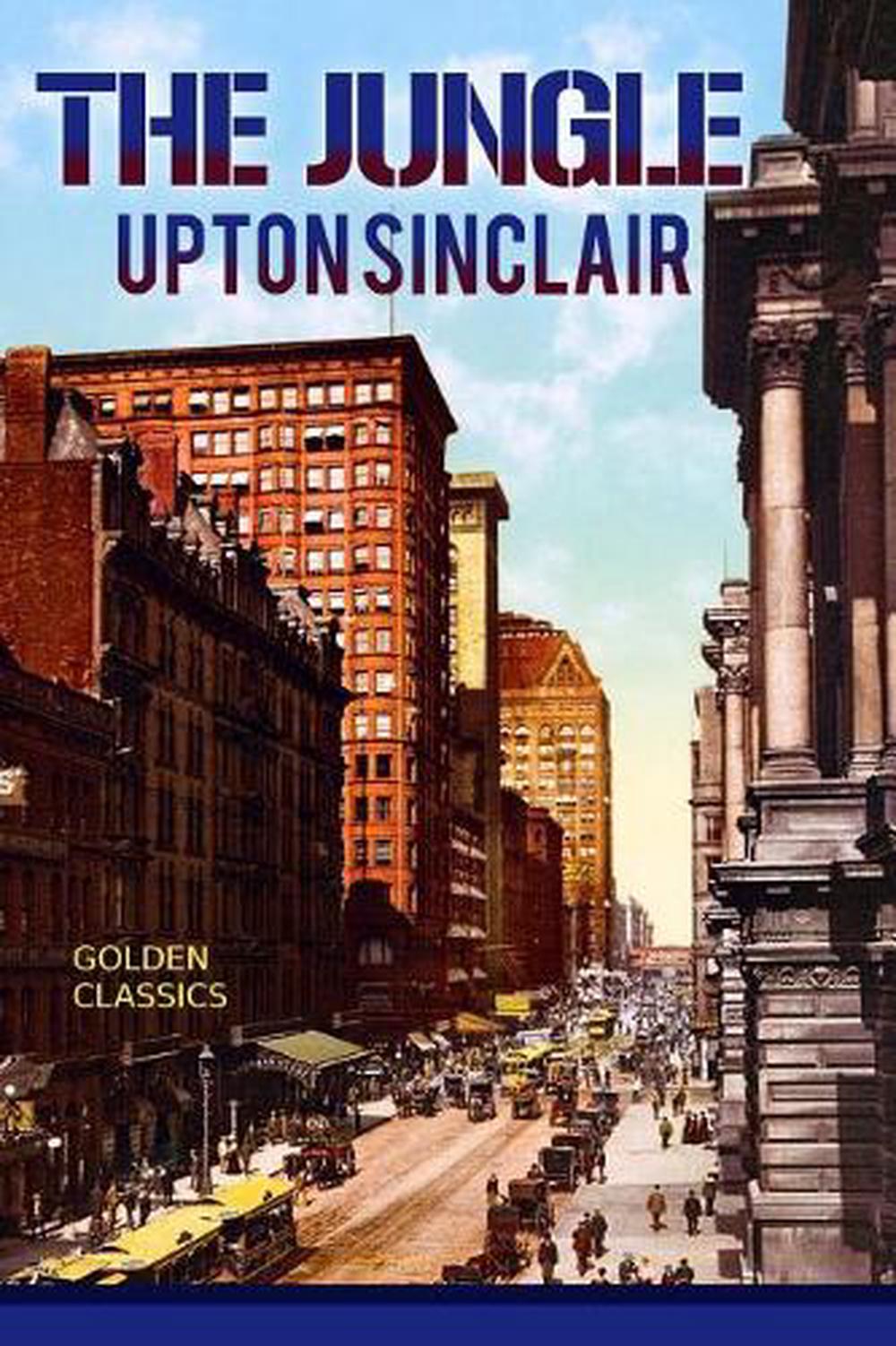

The streets are unpaved, filled with deep ruts, and often flow with water during heavy rains. These enormous neighborhoods are crammed with poorly built houses and shoddy apartments. Sinclair humanizes this place and connects the reader to the slums through emotional descriptions of the vile living conditions. The Stock Yard created these neighborhoods so that workers and family members could live in close proximity and comfort, but the slums were strongly characterized by poverty, disease, and pollution. Outside of the stockyards, the idea of space extends to the surrounding slums and neighborhoods inhabited by meatpackers and low-skilled laborers of Chicago. By creating a space that the reader can come close to experiencing, Sinclair establishes a foundation in which he can better connect the reader to the social and economic issues of the meat industry. Throughout the account, the working conditions are shared in great detail from the smells, feelings, temperatures, sights, and emotions experienced. The horrible and farfetched experiences of the stockyard are humanized and given meaning through the main character’s vivid accounts.


Sinclair uses the emotional and dramatic experiences of Jurgis and his family in order to attribute meaning to the reader. In theory, the stockyard is a space where livestock is slaughtered, but Upton Sinclair turns the stockyards of Chicago into a humanized place for the reader. Throughout The Jungle, the nature of space and place can be examined in the meatpacking district. Through the lens of a geographer, the concepts of space, place, scale, and connection are relevant to understand the enormity of the industry and the harmful effects on society.Īccording to Yi Fu Tuan, place is “humanized space, an abstract world made real through human inhabitation, through the investment of emotion and the attribution of meaning”(Jackson 199). The agglomeration of food production established over a century ago created the foundations of the current food system and as a result meat production is still in the hands of only a few large companies. Over a century later, The Jungle remains relevant as a reminder to consumers and policymakers about the complicated food system and the potential for mistreatment of workers and animals. Sinclair uses a poor immigrant family searching for a better life to brilliantly highlight the social and economic inequalities of work in the food system caused by capitalism.

The Jungle is a well-informed critique on the social, political, and economic issues of the food industry and the rapidly developing capitalist society of the earl 20th century. The Jungle by Upton Sinclair is a vivid and moving account of the meat processing and slaughtering industry in the early 1900’s.


 0 kommentar(er)
0 kommentar(er)
